Allen, J.A. (Joel Asaph). 1916. Autobiographical Notes and A Bibliography of the Scientific Publications of Joel Asaph Allen. New York: American Museum of Natural History.
- Available via Internet Archive at: https://archive.org/details/autobiographical00alleiala
Allen, J.A. 1919. "Preliminary Notes on African Carnivora." Journal of Mammalogy 1(1):23-31
Allen, J.A. (Joel Asaph). 1922 - 1922. "Carnivora Collected by the American Museum Congo Expedition." Bulletin of the American Museum of Natural History, Vol. XLVII: 73 - 281.
Anděra, Miloš.1999. České názvy živočichů II. Savci (Mammalia). Prague: Národní muzeum, (zoologické odd.).
“Aquatic Genet.” The Animal Files: Mammals > Carnivores. Retrieved June 2, 2014.
- Available at: http://www.theanimalfiles.com/mammals/carnivores/genet_aquatic.html
"Aquatic Genet Pictures and Facts." The Website of Everything: Animals > Mammals > Carnivora > Viverridae > Viverrinae > Osbornictis. Retrieved June 2, 2014.
- Available at: http://thewebsiteofeverything.com/animals/mammals/Carnivora/Viverridae/Osbornictis/Osbornictis-piscivora.html
Arnold, Michael L. 2008. Reticulate Evolution and Humans: Origins and Ecology. Oxford University Press.
Bisby, F.A.; Roskov, Y.R.; Orrell, T.M.; Nicolson, D.; Paglinawan, L.E.; Bailly, N.; Kirk, P.M.; Bourgoin, T.; Baillargeon, G.; Ouvrard, D. (red.). 2011. “Genetta piscivora (J.A. Allen, 1919).” Species 2000 & ITIS Catalogue of Life: 2011 Annual Checklist. Reading, UK. Retrieved June 2, 2014.
- Available at: http://www.catalogueoflife.org/col/search/all/key/Genetta+piscivora/match/0
Blom, Allard. 2014. “Central Africa: Congo and Democratic Republic of Congo.” World Wildlife Fund: Places > Ecoregions > Terrestrial Ecoregions > Tropical and Subtropical Moist Broadleaf Forests. Retrieved June 2, 2014.
- Available at: http://www.worldwildlife.org/ecoregions/at0129
Blom, Allard. 2014. “Central Africa: Northern Central Part of the Democratic Republic of the Congo.” World Wildlife Fund: Places > Ecoregions > Terrestrial Ecoregions > Tropical and Subtropical Moist Broadleaf Forests. Retrieved June 2, 2014.
- Available at: http://www.worldwildlife.org/ecoregions/at0104
Blom, Allard; and Bowie, Rauri. 2014. “Central Africa: Eastern Democratic Republic of the Congo.” World Wildlife Fund: Places > Ecoregions > Terrestrial Ecoregions > Tropical and Subtropical Moist Broadleaf Forests. Retrieved June 2, 2014.
- Available at: http://www.worldwildlife.org/ecoregions/at0101
Boelens, Bo; Watkins, Michael; and Grayson, Michael. 2009. The Eponym Dictionary of Mammals. Johns Hopkins University.
Boschi, Giovanni. 1863 - 1879. Atlante Zoologico Popolare. Naples: Raimondo Petroroja.
Boudet, Ch. 10 January 2009. "Species Sheet: Aquatic Genet." Mammals' Planet: Vs n°4, 04/2010. Retrieved June 2, 2014.
- Available at: http://www.planet-mammiferes.org/drupal/en/node/38?indice=Genetta+piscivora
Cassell's Universal Portrait Gallery: A Collection of Portraits of Celebrities, English and Foreign. With Facsimile Autographs. 1895. London, Paris & Melbourne: Cassell and Company, Limited.
- Available via Internet Archive at: https://archive.org/details/cassellsuniversa00londiala
Coetzee, C.G. 22 August 1977. “Order Carnivora.” Pp. 1-42 in 1971-1977. The Mammals of Africa: An Identification Manual. Part 8 edited by J. Meester and H.W. Setzer. Washington, D.C.: Smithsonian Institution Press.
Corson, Docteur P.-J. October 2005. Les grands prédateurs d’Afrique: biologie, éthnologie et chasse. Brussels, Belgium: Éditions du Gerfaut.
Crawford-Cabral, J. 1981. “A New Classification of the Genets.” African Small Mammal Newsletter 6:8-10.
Crawford-Cabral, João. 1980. "The Classification of the Genets (Carnivora, Viverridae, genus Genetta)." Boletim da Sociedade Portuguesa de Ciências Naturais 20:97-114.
Driver, Stephanie (ed.). 2008. Exploring Mammals, Volume 3. Tarrytown, NY: Marshall Cavendish Corporation.
Duff, Andrew; and Lawson, Ann. 2004. Mammals of the World: A Checklist. Yale University Press.
Ewer, R.F. 1998. The Carnivores. Cornell University Press: Cornell Paperbacks.
Gaubert, Philippe; and Dufour, Sylvain. July 2013. “First Report of a Chinchilla Phenotype in Viverridae (Carnivora).” Small Carnivore Conservation 48:92-95. Retrieved June 2, 2014.
- Available at: http://www.smallcarnivoreconservation.org/home/wp-content/uploads/2013/08/SCC-48-11-Gaubert-Dufour.pdf
Gaubert, P.; Chalubert, A.; and Dubus, G. 2008. “An Interactive Identification Key for Genets and Oyans (Carnivora, Viverridae, Genettinae, Genetta spp. and Poiana spp.) Using Xper2.” Zootaxa 1717:39-50.
Gaubert, P.; Fernandes, C. A.; Bruford, M. W.; and Veron, G. 2004. "Genets (Carnivora, Viverridae) in Africa: An Evolutionary Synthesis Based on Cytochrome b Sequences and Morphological Characters." Biological Journal of the Linnean Society 81:589-610.
Gaubert, P.; Papeş, M.; Peterson, A.T. June 2006. "Natural History Collections and the Conservation of Poorly Known Taxa: Ecological Niche Modeling in Central African Rainforest Genets (Genetta spp.)." Biological Conservation 130(1):106–117.
Gaubert, P.; Taylor, P.J.; and Veron, G. 2005. “Integrative Taxonomy and Phylogenetic Systematics of the Genets (Carnivora, Viverridae, Genetta): A New Classification of the Most Speciose Carnivoran Genus in Africa.” Pp. 371-384 in African Biodiversity: Molecules, Organisms, Ecosystems edited by Bernard A. Huber, Bradley J. Sinclair, and Karl-Heinz Lampe. NY: Springer Science + Business Media, Inc.
Gaubert, P.; Tranier, M.; Veron, G.; Delmas, A. S.; and Colyn, M. 2004. "First Molecular Evidence for Reassessing Phylogenetic Affinities between Genets (Genetta) and the Enigmatic Genet-like Taxa Osbornictis, Poiana and Prionodon (Carnivora, Viverridae)." Zoologica Scripta 33:117-129.
Gaubert, Philippe; Weltz, Marjorie; and Chalubert, Antoine. 14 January 2008. “Genetta piscivora." Genets and Oyans. Paris: Université Pierre et Marie Curie. Retrieved May 31, 2014.
- Available at: http://lis-upmc.snv.jussieu.fr/genettes/web/fiches_en/taxa/genetta_piscivora.html
"Genet." AWF: What We Do > Wildlife Conservation > Genet. African Wildlife Foundation. Retrieved June 2, 2014.
- Available at: http://www.awf.org/wildlife-conservation/genet
“Genetta piscivora.” The Marine Biological Universal Biological Indexer and Organizer. Retrieved June 2, 2014.
- Available at: http://www.ubio.org/browser/details.php?namebankID=11271815
- Available at: http://www.ubio.org/browser/details.php?namebankID=11271814
“Genetta piscivora: Aquatic Genet.” Encyclopedia of Life. Retrieved June 2, 2014.
- Available at: http://eol.org/pages/1053880/details
"Genetta piscivora (Aquatic Genet)." ZipcodeZoo: Species Identifier 4272225. Retrieved June 2, 2014.
- Available at: http://zipcodezoo.com/animals/g/genetta_piscivora/
“Genetta piscivora J.A. Allen, 1919.” ITIS Report: Taxonomic Serial Number 726261. Integrated Taxonomic Information System. Retrieved June 2, 2014.
- Available at: http://www.itis.gov/servlet/SingleRpt/SingleRpt?search_topic=TSN&search_value=726261
Gervais, Paul. 1855. Histoire naturelle des Mammifères: Carnivores, Proboscidiens, Jumentés, Bisulques, Édentés, Marsupiaux, Monotrèmes, Phoques, Sirénides et Cétacés. Paris: L. Curmer.
Gittleman, John L.; Funk, Stephan M.; Macdonald, David; and Wayne, Robert K. (eds.). 2001. Carnivore Conservation. Cambridge University Press: Conservation Biology 5.
The Global Biodiversity Information Facility. 2014. "Genetta piscivora J.A. Allen, 1919." GBIF Backbone Taxonomy: GBIF 5219350. Retrieved June 2, 2014.
- Available at: http://www.gbif.org/species/5219350
Hart, J. A.; and Timm, R. M. 1978. "Observations on the Aquatic Genet in Zaire." Carnivore 1:130-132.
Hayssen, Virginia; Van Tienhoven, Ari; and Van Tienoven, Ans. Asdell’s Patterns of Mammalian Reproduction: A Compendium of Species-Specific Data. Cornell University, 1993.
Hunter, Luke; and Barrett, Priscilla. 2011. A Field Guide to the Carnivores of the World. London, Cape Town, Sydney, Auckland: New Holland Publishers (UK) Ltd.
Jennings, A. P.; and Veron, J. 2009. "Family Viverridae (Civets, Genets, and Oyans)." In: Don E. Wilson and Russel Mittermeier (Hrsg.) Handbook of the Mammals of the World Volume 1: Carnivores. Lynx Edicions.
Jukofsky, Diane for the Rainforest Alliance. 2002. Encyclopedia of Rainforests. Westport, CT: Oryx Press.
Kingdon, Jonathon; Happold, David; Butynski, Thomas; Hoffmann, Michael; Happold, Meredith; and Jan Kalina (eds.). 2013. Mammals of Africa, Volume 5: Carnivores, Pangolins, Equids and Rhinoceroses, edited by Jonathan Kingdon and Michael Hoffmann. Bloomsbury Publishing.
Kondo, H.; Tesar, J.; Cloud, D.; Kagan, L. (eds.). 1972. Civets, Genets, and Linsangs, Volume 2, 3rd Edition. Milan: Fratelli Fabbri Editori.
Larivière, Serge. 2004. "Aquatic Genet: Osbornictis piscivora." P. 341 in Grzimek's Animal Life Encyclopedia, Second Edition. Volume 14: Mammals III, edited by Michael Hutchins, Devra G. Kleiman, Valerius Geist, and Melissa C. McDade. Farmington Hills, MI: Gale Group, Inc., division of Thomson Learning Inc.
Myers, P.; Espinosa, R.; Parr, C.S.; Jones, T.; Hammond, G.S.; and Dewey, T.A. 2014. “Genetta piscivora: Aquatic Genet.” The Animal Diversity Web (online). University of Michigan Museum of Zoology. Retrieved June 2, 2014.
- Available at: http://animaldiversity.ummz.umich.edu/accounts/Genetta_piscivora/classification/#Genetta_piscivora
Nowak, Ronald M. 1999. Walker's Mammals of the World, Sixth Edition. Volume I. Baltimore: Johns Hopkins University Press.
“Osbornictis piscivora J.A. Allen, 1919.” ITIS Report: Taxonomic Serial Number 621998. Integrated Taxonomic Information System. Retrieved June 2, 2014.
- Available at: http://www.itis.gov/servlet/SingleRpt/SingleRpt?search_topic=TSN&search_value=621998
“Osbornictis piscivora.” The National Center for Biotechnology Information: Taxonomy ID205652. Retrieved June 2, 2014.
- Available at: http://www.ncbi.nlm.nih.gov/Taxonomy/Browser/wwwtax.cgi?mode=Info&id=205652&lvl=3&lin=f&keep=1&srchmode=1&unlock
Roosenberg, Amy. 2004. "Genetta piscivora: Aquatic genet (On-line)." Animal Diversity Web. University of Michigan Museum of Zoology. Retrieved June 2, 2014.
- Available at: http://animaldiversity.ummz.umich.edu/accounts/Genetta_piscivora/
Rosevear, Donovan Reginald. 1974. The Carnivores of West Africa. London: Trustees of the British Museum (Natural History).
- Available via Biodiversity Heritage Library at: http://www.biodiversitylibrary.org/item/35416#page/7/mode/1up
Thomas, Oldfield. 1901. "On the More Notable Mammals Obtained by Sir Harry Johnston." Proceedings of the Zoological Society of London (2): 85 - 90.
- Available via Internet Archive at: https://archive.org/stream/proceedingsofzoo19012zool#page/85/mode/1up
Van Rompaey, H. 1988. "Osbornictis piscivora." Mammalian Species 309:1-4.
Van Rompaey, H.; Gaubert, P.; and Hoffmann, M. 2008. Genetta piscivora. In: IUCN 2013. International Union for Conservation of Nature and Natural Resources Red List of Threatened Species. Version 2013.2. Retrieved June 2, 2014.
- Available at: http://www.iucnredlist.org/details/full/15628/0
Verheyen, W. 1962. "Quelques notes sur la zoogéographie et la crâniologie d'Osbornictis piscivora Allen, 1919." Revue de Zoologie et de Botanique Africaines 65:121-128.
Veron, Geraldine. 2010. “Phylogeny of the Viverridae and ‘Viverrid-like’ Feliforms.” Pp. 64-90 in Carnivoran Evolution: New Views on Phylogeny, Form and Function edited by Anjali Goswami and Anthony Friscia. Cambridge University Press: Cambridge Studies in Morphology and Molecules.
Wilson, Don E.; and Cole, F. Russell. 2000. Common Names of Mammals of the World. Washington, D.C.: Smithsonian Institution Press.
Wilson, Don E.; and Reeder, DeeAnn M. (editors). 2005. Mammal Species of the World: A Taxonomic and Geographic Reference (3rd ed), Johns Hopkins University Press.
Wrobel, Murray (Editor). 2007. Elsevier's Dictionary of Mammals: Latin English German French Italian. Oxford, U.K.: Elsevier B.V.


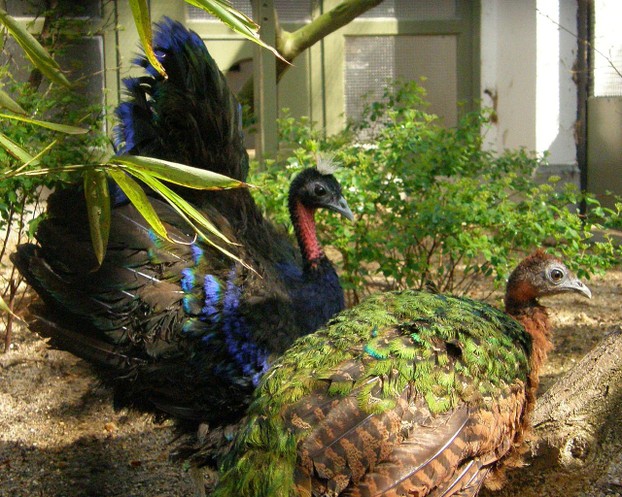
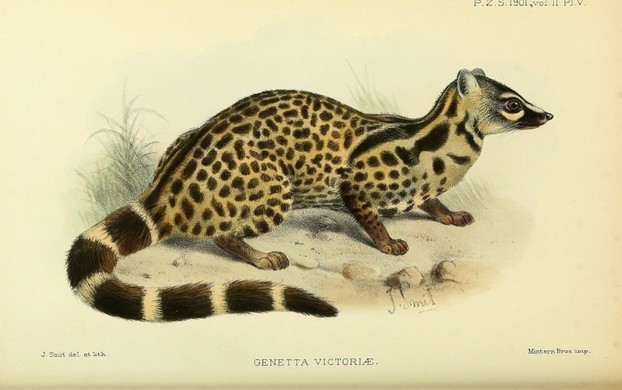
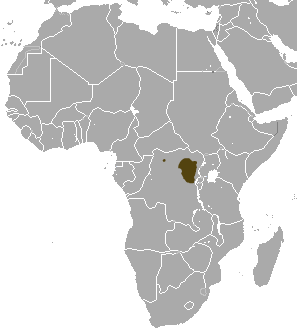
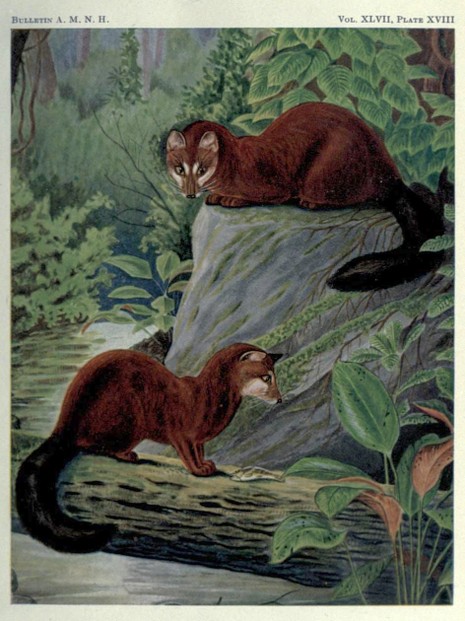
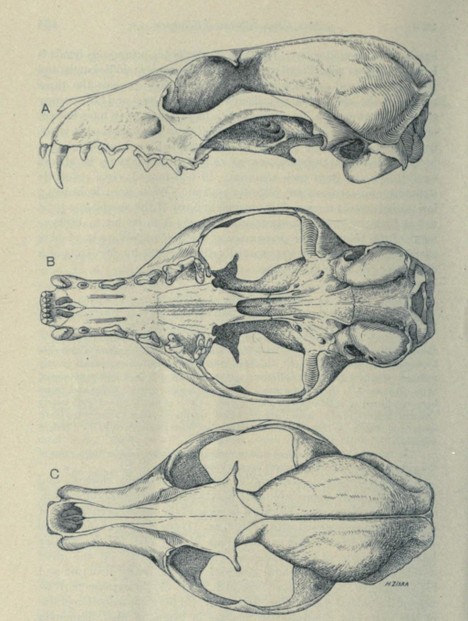
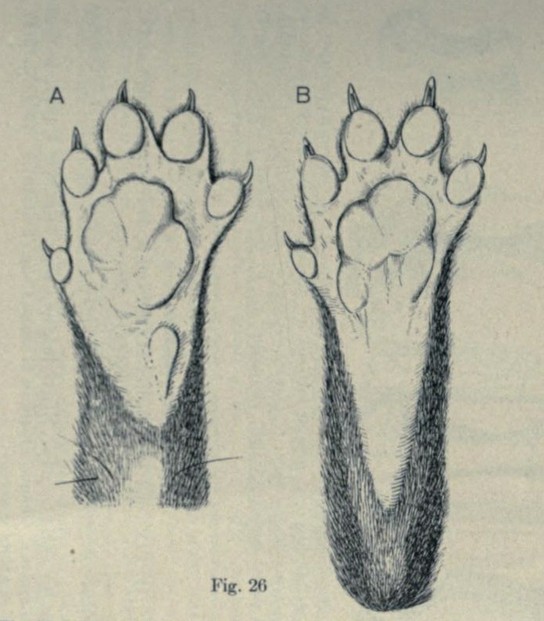
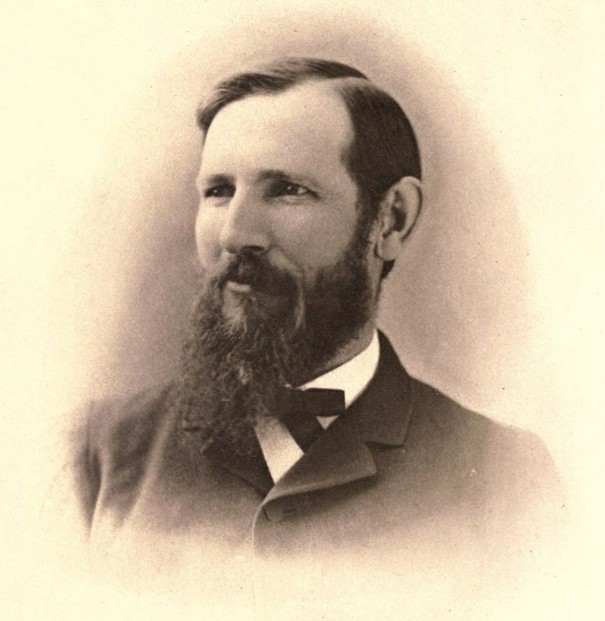
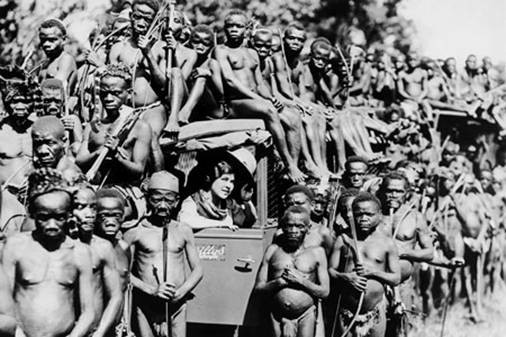
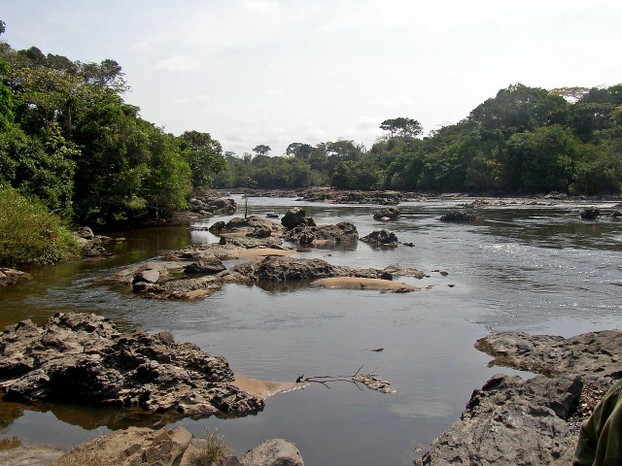
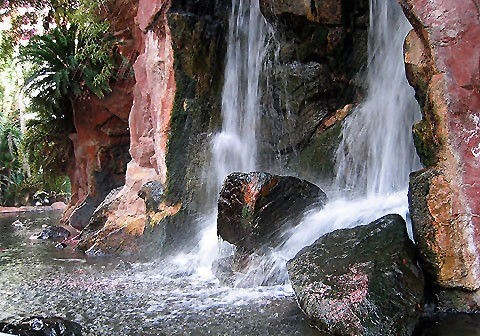




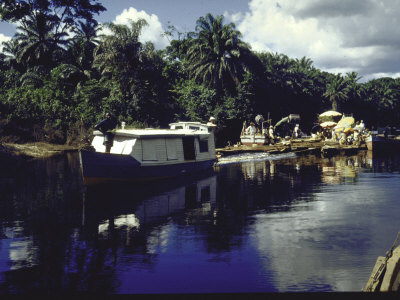
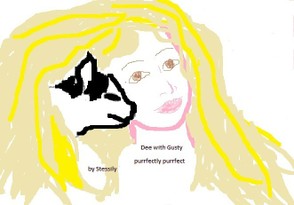
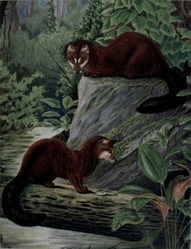

 Are Hawaiian Huakai Po Nightmarchers Avenging Halloween Thursday?on 10/02/2024
Are Hawaiian Huakai Po Nightmarchers Avenging Halloween Thursday?on 10/02/2024
 Mailing Addresses for 2023 Form 4868 Extending 1040 and 1040SR April 15, 2024, Due Dateon 04/15/2024
Mailing Addresses for 2023 Form 4868 Extending 1040 and 1040SR April 15, 2024, Due Dateon 04/15/2024
 Mailing Addresses for 2023 Forms 1040 and 1040SR Filed in 2024on 04/15/2024
Mailing Addresses for 2023 Forms 1040 and 1040SR Filed in 2024on 04/15/2024
 Mailing Addresses for 2022 Form 4868 Extending 1040 and 1040SR April 18, 2023, Due Dateon 04/13/2023
Mailing Addresses for 2022 Form 4868 Extending 1040 and 1040SR April 18, 2023, Due Dateon 04/13/2023

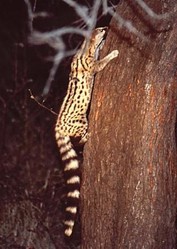
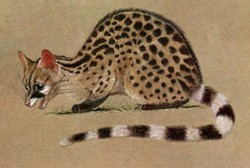
Comments
VioletteRose, Unfortunately, despite the status of their populations, there is a demand for genets and other fascinating creatures as bushmeat and for medicinal, ritualistic, and other purposes.
Me, too, I appreciate the beauty of the Epulu River and of Boyoma Falls. The various landscapes of genets' homelands all have natural beauty in common.
Interesting information about the non aquatic genets, the pictures of the epulu river and boyoma falls look so beautiful. It is sad that the genets and congo peafowls are hunted, which I guess is illegal, as the congo peafowls are already in the endangered species list. Thanks for sharing much details!